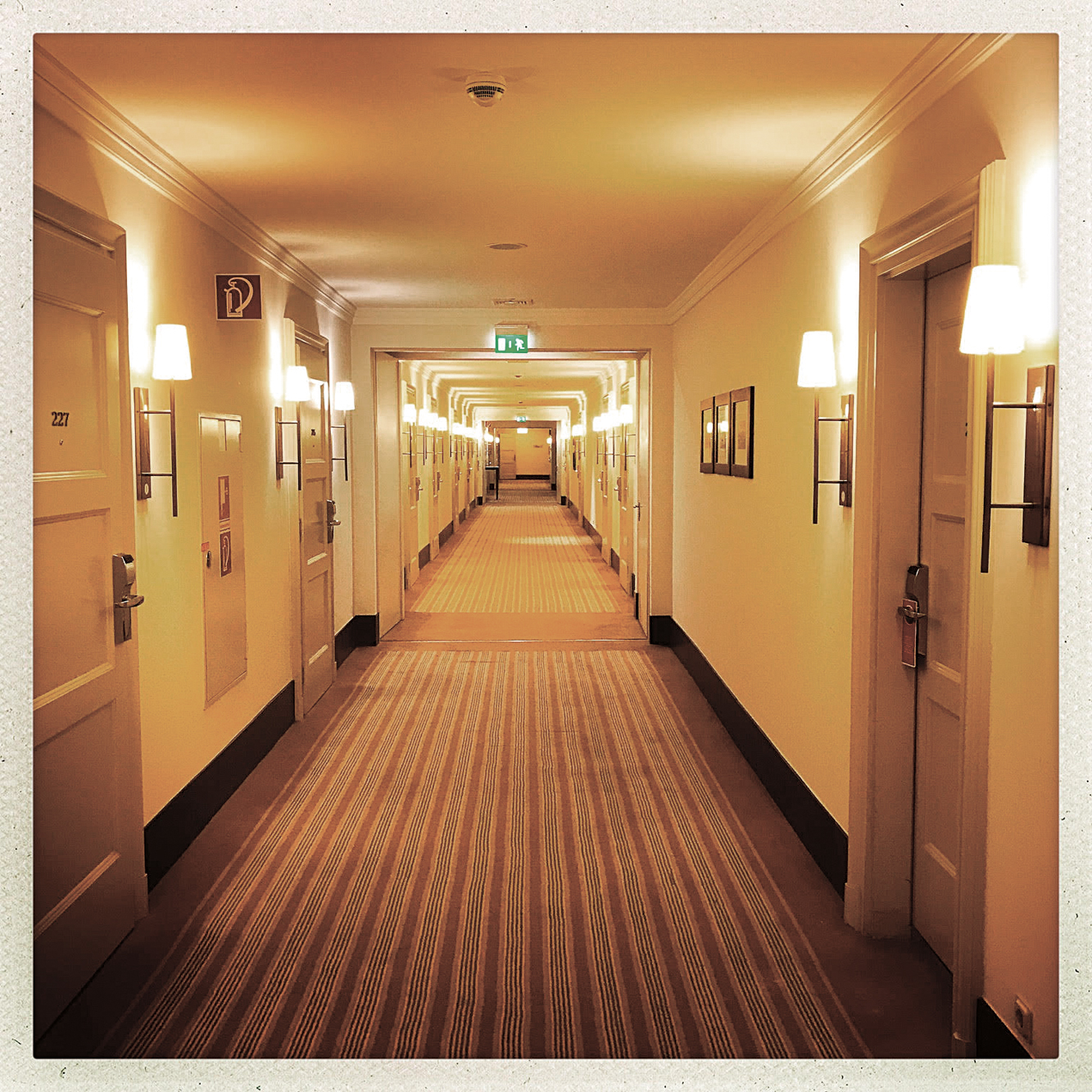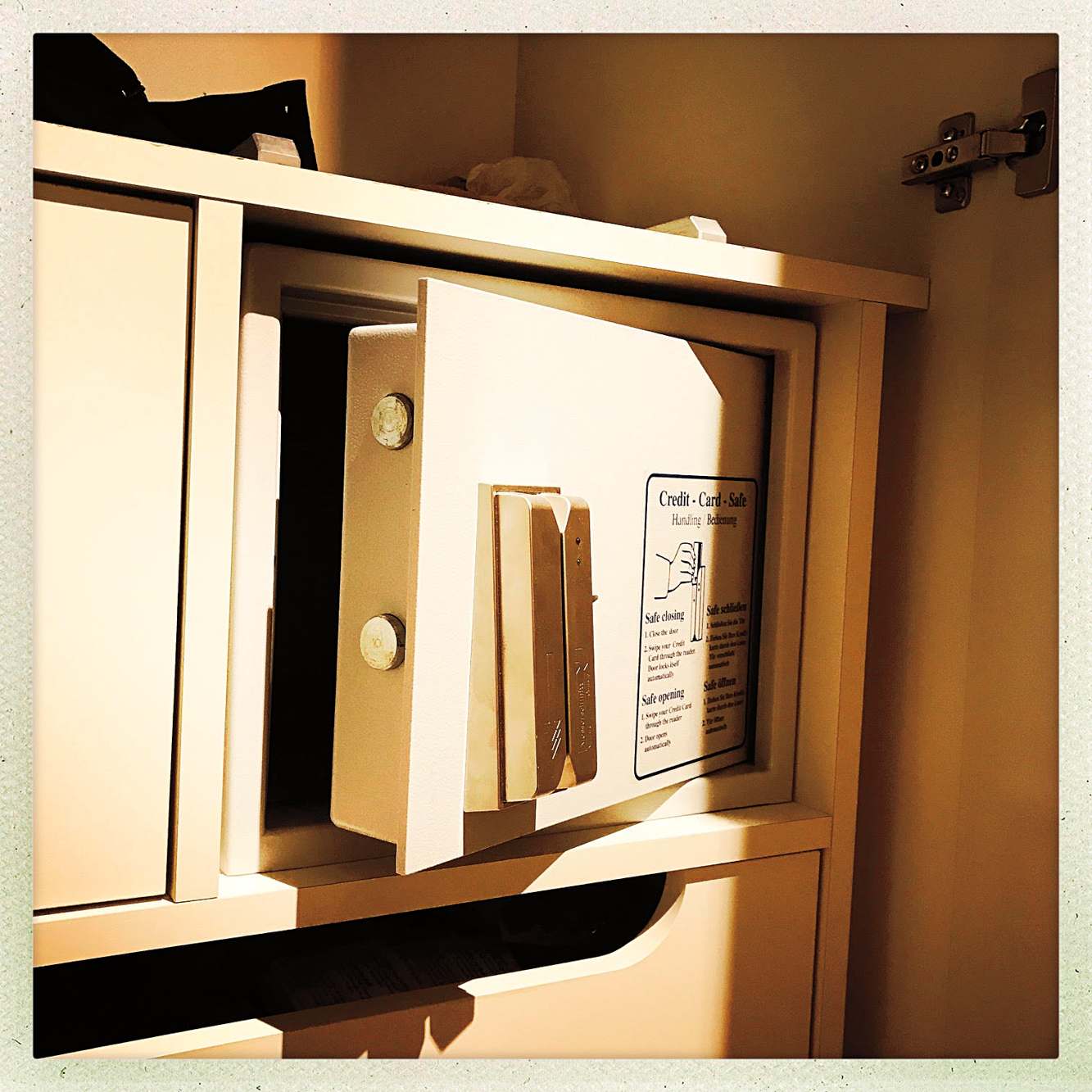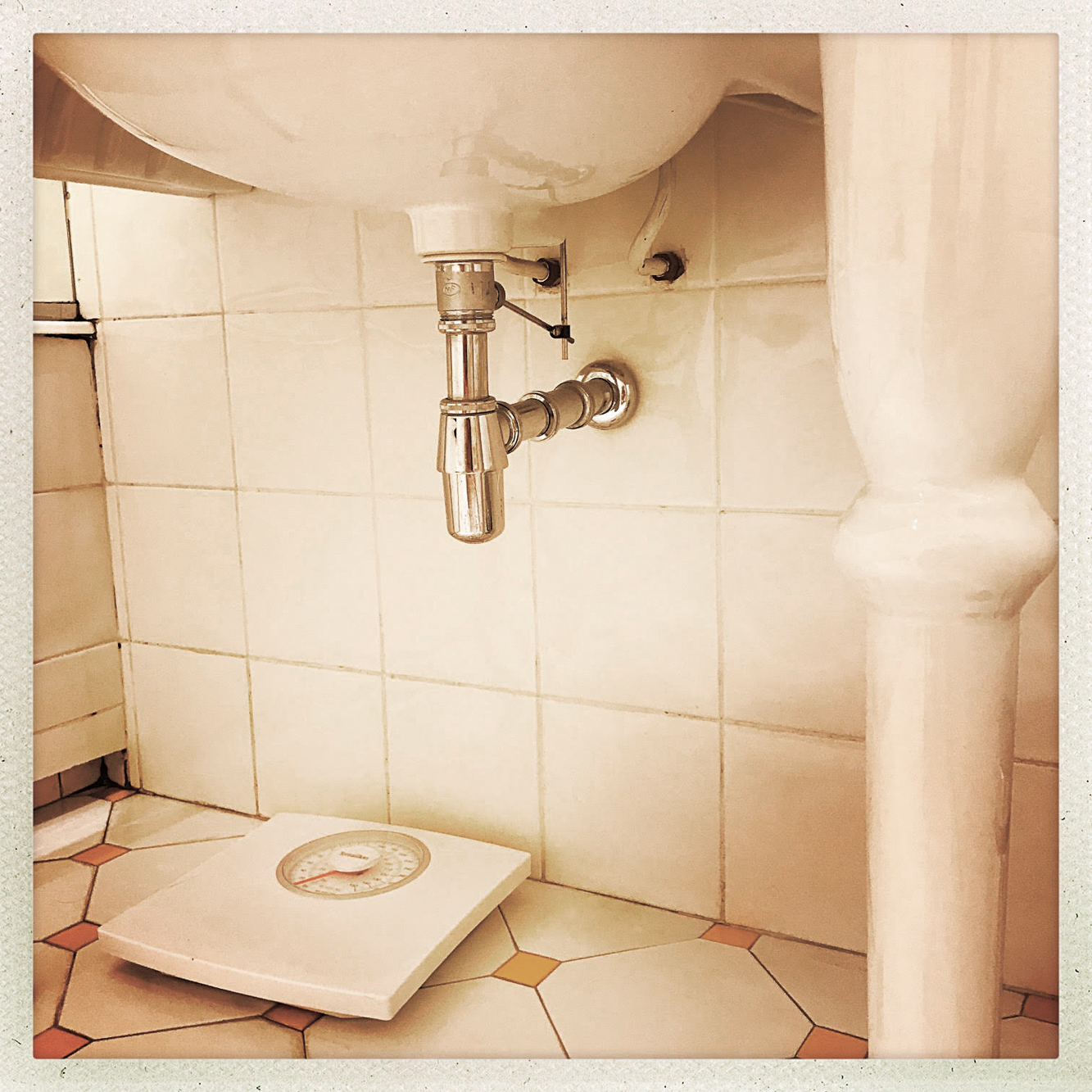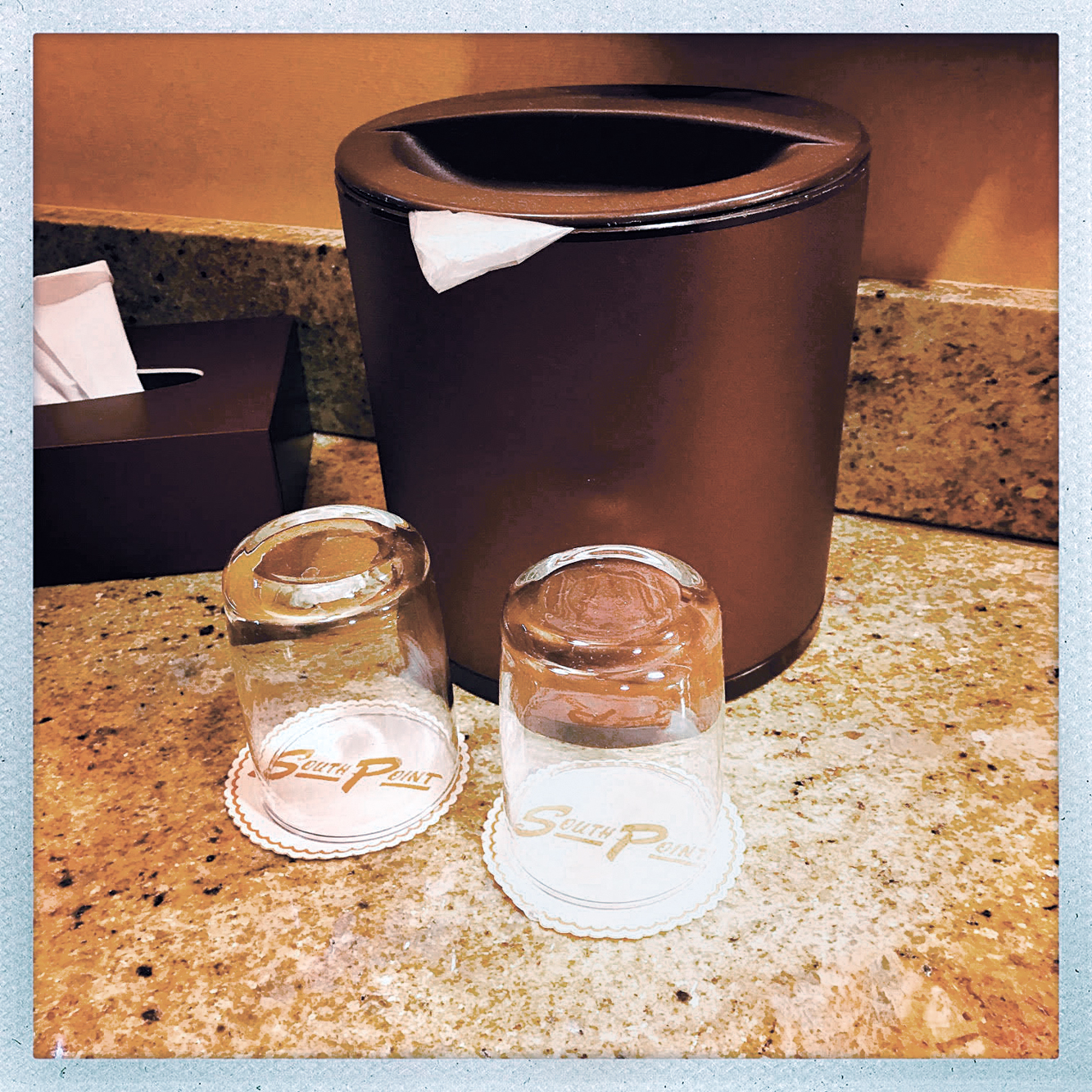Even diehard overland travelers and expeditionary personnel will eventually need to stay at hotels, inns, or various private accommodations. You might need to overnight during the trip bookends, as you fly into a country and stage your gear, or prepare to depart back home. Arrangements can vary widely by country, continent, and culture. A concierge could also be the parking valet—the bartender, the room cleaner and the owner. Or, a cadre of uniformed staff with specific individual duties might tend to your every desire. There are fairly universal safety recommendations for tourists staying at hotels and private lodging. Here, we go beyond common travel safety tips. The ultimate goal is to raise personal and situational awareness, safety consciousness, and health attentiveness so you can attend to your adventure.
PRE-TRIP RESEARCH AND PLANNING
Before being sent to conduct fieldwork for a multi-national client in Angola, I received pre-trip safety training from my boss, which consisted entirely of, “Relax, Bass. You’ll probably get health and safety training once you’re there. It’ll be great.” When teaching corporate courses on travel-related safety, I find those familiar with any form of overland travel grasp the importance of pre-trip planning and logistics. Some are intuitive concepts, but matters can get complicated on a weekend campout or a multicountry expedition. You should, therefore, prepare various aspects in advance.
IMPORTANT CONTACT NUMBERS
It’s recommended to know the locations, contact numbers, and hours of operation of hospitals, embassies, and consulates near your route, or elsewhere in-country. We advise obtaining the local phone numbers for law enforcement, fire, and emergency medical responders. Plan your routes and alternates, as appropriate.
VACCINATIONS
Ensure your International Certificate of Vaccination is current for intended destinations and transit countries, and keep both physical and electronic copies.
VEHICLE INSURANCE
Make sure your vehicle or motorcycle is properly insured (carnet where appropriate), and ascertain all relevant border crossing nuances.
ITINERARY
Provide others (family, office) your general itinerary. Include photocopies of your travel documents in case they are lost.
CONTACT INFORMATION
Place a luggage tag with contact information inside your bags in case the external one disappears in transit.
COMMUNICATION DEVICES
Bring whatever communication devices are necessary to reach the outside world: primary cell phone, alternate (inReach), contingency (vehicle VHF/UHF radio), and emergency (might be a PLB or signaling mirror). Make plans to provide predetermined updates and check-ins. Verify that your comms equipment will work once in-country, particularly satellite comms, or confirm obtaining and using local means. Have an agreed-upon course of action if you go into radio silence with those following your trip.
TRAVEL INSURANCE
We also suggest having supplemental travel insurance appropriate for your locations, activities, and pre-existing medical conditions (see Resources). It’s all giggles until a cascade of unanticipated events occurs. Unplanned medical transport can be extremely expensive and stressful.
MEDICATIONS
Carry prescribed medicines in their original, labeled containers and bring along a medical kit to address various field issues.
HOTEL RESEARCH
For hotels, inns, and related accommodations, conduct requisite online and hardcopy research in advance. In some countries or regions, large Western-branded hotels may represent a higher risk. Will “rustic yet refreshing” work for your travel party? Does “ample space for parking” apply to three Nissan Patrols, or two Fiat 500s? Can your vehicle even reach the destination lodge in winter? Secure parking is relative, but ask if they have it, and know if there are height restrictions.
Most of this is obvious, but obtain clarity on key logistic matters in advance, have a plan B and C, and be prepared when adversity strikes.
OFF-LOAD, PARK, AND SECURE
Whether rolling up to a five-star hotel in your 79-Series Land Cruiser Troopy or grinding to a dusty halt at the entrance to a family-owned lodge with a rented Defender 110, you’ll need to address primary issues that often include:
• offloading certain gear
• securing kit that stays on/ with the vehicle
• ensuring someone maintains contact with the luggage
• allowing a valet or staffer to drive and park your rig
• handing over your keys
• having a say as to where you can park
Discuss the first three points with your travel mates in advance. Especially with a team, personal and group bag tallies help expeditiously account for luggage. If traveling solo, assess and adapt (e.g., engage a verified parking valet or desk contact for assistance parking and carrying gear). Regarding the last three points, creativity often helps. Explain that the truck is temperamental and you should park it. If a valet is insistent, tell them to climb in and show you where to park while you drive. Tip them in front of the hotel entrance.
Avoid handing over your vehicle keys. You parked it, they probably won’t move it, and you don’t want keys floating around. If they’re adamant, you can hand over a nonfunctioning one, or a valet key (only works in the ignition and primary door locks). Regarding the dummy key, what’s the worst that can happen? They’ll find you and request relocating the truck. Shun tendering your entire key cluster, and carry a full spare set in case an expedited departure is required, or for when you need to retrieve gear and can’t find the valet.
At upscale hotels or boutique accommodation in large cities, outfitted overland vehicles can be spotted in areas reserved for fine sports cars. This is usually evidence of a savvy expedition rig owner (and beneficial, since those locations are often surveilled by various means). Other than receiving parking direction, motorcyclists usually interact less with front door meet-and-greet staff, but you’ll still need to address the other points with your two-wheeled steed.
Verify that your vehicle will clear all obstacles in a parking garage. Use a tape measure if necessary. Locking a motorcycle to something solid such as a parking bollard is good practice. It’s advisable to park motos near attendant shacks, where practical, or front entrance doors. These locations are often lit at night and under electronic surveillance and consequently, provide better theft deterrence.
When parking your vehicle, it’s best to back in, using spotters when necessary. There are various advantages. Statistically, most accidents happen when reversing from parking spots. When backed in, you’ll have eyes forward, with a windshield view of the departure direction. You can also better overcome rear-wheel cheat (rear tires tracking an arc in the direction of vehicle travel) to clear nearby vehicles, tight parking spots, and other obstacles. Naturally, this orientation lends well to expedited departures. Backed-in vehicles also convey a subtle, yet undeniable message that the machines are accounted for, and owners are aware; this can also limit theft via a rear door or truck canopy. One disadvantage is that objects like structures or vegetation can preclude access to the vehicle rear.
If equipment in and on your vehicle isn’t secured by substantial means, don’t feel bad when it gets stolen. “Hidden” isn’t the same as secured, so don’t think you’re the first person to think of a particular interior stash location. Take a small go-bag from the vehicle containing copies of the vehicle registration, insurance, carnet, and all removable navigation and communication kit. It’s usually better to park in higher visibility areas toward the facility entrance, unless security concerns or factors dictate otherwise.
CHECKING IN AND ROOM SELECTION
Stay with and keep an eye on your luggage. In higher-risk locations (or crowded front desks), it’s good practice to slide a copy of your reservation to staff instead of making loud announcements. Whether at the Four Seasons or a remote lodge, hand over a clean photocopy of your passport. They might ask to verify the actual passport, but it will probably stay within eyesight before being returned. If you caved in and had staff park your truck, ask where it’s parked and how you access the location.
ROOM, FLOOR, AND EXITS
Ground-floor rooms are more prone to unwanted entry. Second through fifth floors are best as they deter intrusions, but still allow some city fire departments access via ladders (if those resources are even available). Rooms immediately adjacent to fire exits are more easily compromised from the outside, especially at hotels with less-advanced security. Researching the ultimate room is always possible, but receiving it isn’t, especially if you try to change during check-in. Be prepared to get what you get and adapt. At check-in, ask for an area map, and obtain the establishment’s business cards with an address and primary contact numbers. If you don’t want other people in the elevator to know your room location, exit on another floor, and then circle back, or use the stairs.
You are trusting people you don’t know, in a distant location, to prepare a safe and clean place to sleep. Don’t take this lightly. Make an initial room sweep, with the door ajar, to ensure nobody is in the room and that everything meets expectations. If something looks amiss, bring it up. You can inspect down to various levels, but at least make sure the locks work, confirm the door viewer (peephole) functions correctly, and verify a fire escape plan. Check that opening windows lock, as drainpipes, eves, or ledges can provide external access. If possible, avoid connecting rooms for security and unwanted noise transmission. Not all accommodations are required to have the same safety fitments or notifications. Many private ones will have none at all. Once settled, photograph the hotel business card with your phone. Hang motorcycle helmets in the closet, as they will be less prone to be damaged by staff.
Take a familiarization walk-in areas pertinent to your stay. Verify your floor’s fire exits. Are they working, labeled, and accessible? Identify three possible routes to leave your floor, other than the elevator. Identify exits from locations you might frequent other than your room (gym, bar, restaurant). In high-risk environments (or for über-prepared overlanders), innocuous pieces of recovery gear brought up from your truck, like winch line extensions or tree savers, can also facilitate window or balcony exits. Some egress, like service or kitchen areas, may not lead out to the front of the hotel. Explore hallways and make sure you understand orientation signage and instructions in other languages.
ROOM SAFETY
There are various methods to safeguard and enhance room safety. Rubber door wedges can secure the main and ancillary room doors from opening. Be advised that if emergency personnel need to enter your room, you’ve hindered their access. Improvised door wedges such as folded plastic water bottles can work, depending on the flooring. Portable smoke alarms and carbon monoxide detectors can back up room fire detectors, or serve as primary where those devices are lacking. Rechargeable illumination devices on the bathroom and entry door handle help to orient in dark, unfamiliar rooms. Keep a flashlight by the bed, a set of clothes ready to go (e.g., for fire alarm evacuations), and a small bag or pack with essentials for sustaining the elements in the prevailing weather. Use the Do not Disturb sign on your door, unless you want housekeeping to enter. Leave the TV on to deter unwanted visitors. Avoid the Please Make Up Room sign entirely, as it advertises to everyone you’re away. Keep the curtains closed when appropriate. Know how to get to your travel mates’ rooms, and identify a rallying point outside in case you need to leave the hotel unexpectedly.
Assume your room is never secure. People you don’t know are entering and cleaning your temporary living space and moving your personal effects around. Try to organize gear in locations (closet, drawers, corners) where there is no reason for them to touch it. There are simple and sophisticated tricks to see if someone tampered with your stuff. An old standby is to notice/photograph the subtleties of gear orientation to other fixed items. When you return, determine if those associations have been altered.
Always keep your passport with you. If you must leave important larger gear in the room, secure it to steel sink pipes or a metal bed frame. Room safes are not secure, and those who know how can open them. Some also have a default code much like garage or gate access devices. If they are not cleared after installation, then punching in known same-digit factory combinations could open your safe. Finally, locked room safes can be completely removed by thieves. This happened to me in Paris, France, November 2013. The main hotel safe, usually somewhere near the front desk, is a better option; there is a quasi chain of custody, albeit the process of handing valuables over near the front desk might be uncomfortably high-profile.
CLEANLINESS ISSUES
Do you want to get sick at the start of your long-planned trip across Africa? You don’t need to pack a UV flashlight and hospital-grade sanitizers, but you should be aware of cleanliness issues easily addressed by common disinfectant wipes. TV remotes are oft-cited as germ-infested. Other touch points on the unhygienic radar include wall-mounted climate control units, phones near the toilet, door handles, and glasses by the sink.
Housekeeping staff clean around the toilet and bath, then pick up the glasses and wipe them down with the same rags. Use your travel water bottle instead. Bed top covers can be pretty nasty, and the pillows too. The spares in the closet might be cleaner, but when in doubt, deploy a cotton sleeping sack.
LIGHTS OUT
You just flew 27 hours with three connections. You didn’t sleep on the planes or the night before you left. You’ll surely have jet lag, and should catch up on sleep before heading out into the bush. One aspect that will help, besides prescribed meds or homeopathic remedies, is making your room as dark as possible when you hit the sack. Cover all LEDs, like the thermostat controls or TV standby lights, with small squares of gaffers tape or duct tape. Make sure to put something over the obligatory bright LED clock at the bedside. Certain hotel closets have hangers with clips for suspending trousers; use them to clamp blackout curtains together and keep light out.
LEAVING
When leaving the hotel, ensure someone maintains contact with your luggage from room to truck. Secure it in or to your vehicle. If you then need to leave the truck, it’s advisable to drive to the hotel entrance, as you would upon initial arrival, and wait there until your departure issues have been sorted. When solo on a motorcycle, I prefer to ride from the parking spot to the front entrance, park the bike, get the gear from the room, check out, then exit and affix the panniers and other gear right there.
PRIVATE STAY
Private accommodations are great for meeting locals, experiencing new cultures, and eating traditional fare. You interact less like a tourist, and more like an invited guest. However, they do not follow the same life safety brand standards as hotel chains or associations. You don’t know who else has access or keys. It’s not always clear who other people are in common areas. Private accommodations can be more secure, but you also might find yourself locked in, locked out, or there may be no locks at all. Toilets and other areas may be communal, and parking circumstances might change throughout the day. Don’t rule out private stays. My most memorable travel experiences over decades across six continents have been at family-owned lodging. Seek vetted arrangements and confirm in advance the vehicle or motorcycle parking situation and your security requirements.
SUMMARY
This approach requires proactive traveler participation, as opposed to a passive, reactionary approach. Motorcycle and vehicle security is essential because your trip is reliant on those transport modes and the gear attached. Pay attention to the small details. You don’t need to enter the hotel in full paranoia mode, but familiarize yourself and know how to operate in that environment. It’s the same out in the bush. Always conduct pre-trip research, maintain situational and personal awareness, and mitigate risks as appropriate. Circumstances will vary, so adapt, overcome, and enjoy your accommodation.








